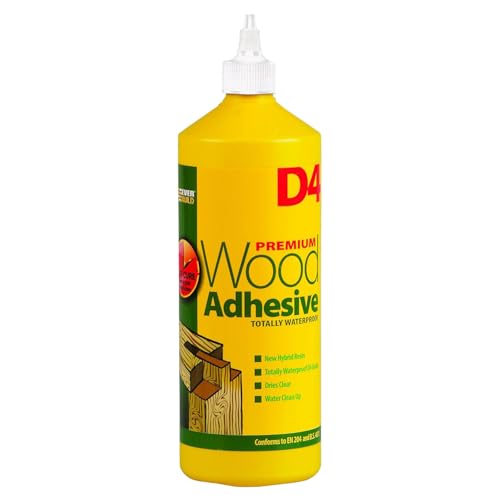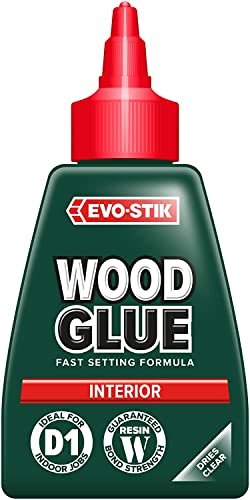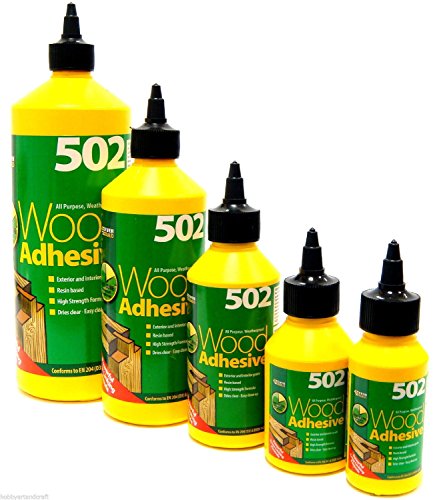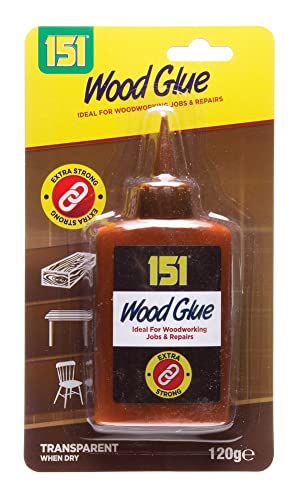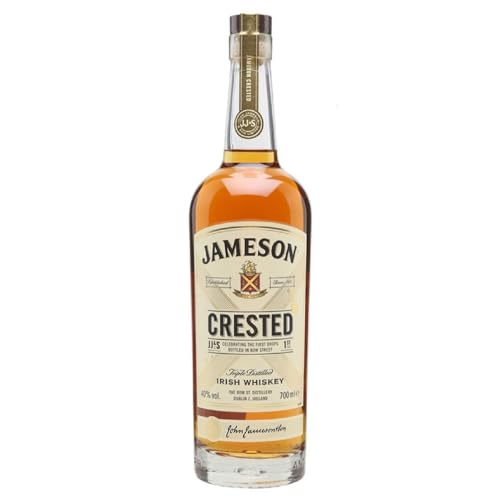Understanding Wood Glue: The Basics We Need to Know
What is Wood Glue?
Wood glue is a special adhesive designed for bonding wood surfaces together. It is formulated to create a strong bond that holds up under stress, making it ideal for a variety of woodworking projects, from furniture assembly to craft projects. Knowing the basic features of wood glue—such as its drying time, strength, and flexibility—will help us determine the best choice for our specific needs.
Why Use Wood Glue?
Using wood glue offers several advantages over other types of adhesives. It penetrates the wood fibers, creating a strong bond that can exceed the strength of the wood itself. This is particularly useful in woodworking, where a secure bond is crucial for the durability of the final product. Additionally, it is often easier to work with and can be sanded or painted once dry, seamlessly integrating into our projects.
Different Types of Wood Glue: Finding the Right Fit for Our Projects
PVA Glue
Polyvinyl acetate (PVA) glue is perhaps the most common type of wood glue and is widely available. It is perfect for indoor projects and provides a strong bond for porous materials, making it suitable for furniture assembly and crafts. PVA glue dries clear, which ensures a neat finish.
Yellow Glue vs. White Glue
Yellow glue, a type of PVA glue, offers an even stronger bond and is water-resistant once dry, making it a popular choice for woodworking projects that may encounter moisture. White glue, on the other hand, is more flexible and easier to clean up, ideal for children’s projects or quick fixes.
Polyurethane Glue
If we are working on projects that involve non-porous materials or require waterproof bonding, polyurethane glue is an excellent option. It expands as it dries, filling gaps and creating a strong bond. This glue is ideal for outdoor projects but needs to be handled carefully due to its strength and difficulty in cleanup.
Hide Glue
Hide glue is a traditional woodworking adhesive that is reversible, allowing for easy disassembly if needed. It is suitable for delicate work such as antique restoration. While it requires heat to dissolve, it provides a very strong bond and is preferred by many professional woodworkers.
Application Tips: How to Use Wood Glue Effectively
Prepping the Surface
For the best results, it’s essential to prepare the surfaces to be glued. This means ensuring they are clean, dry, and free from dust or oil. Smoother surfaces might require a light sanding to guarantee optimal adhesion.
Applying the Glue
When applying wood glue, a little goes a long way. Apply an even, thin layer to one surface for maximum bond strength. It’s often beneficial to spread the glue with a brush or a roller for larger areas, ensuring complete coverage.
Clamping and Drying
After gluing, it’s crucial to clamp the pieces together to maintain pressure while the glue dries. Follow the manufacturer’s instructions for drying time; this often ranges from 30 minutes to several hours, depending on the glue type. Avoid moving the pieces during this time to achieve a sturdy bond.
Choosing the Best Wood Glue for Your Needs: Our Top Recommendations
Our Top Picks for Household Projects
For general use around the home, we recommend a high-quality PVA glue, such as Titebond or Gorilla Wood Glue. These provide strong adhesion for most indoor woodworking tasks and are easy to clean up with water.
Outdoor and Heavy-Duty Projects
For outdoor projects, or when a strong bond is needed, polyurethane glues like Gorilla Glue Original would be our top choice. Their waterproof properties ensure longevity in outdoor applications, such as garden furniture.
For Crafts and Quick Repairs
If we’re engaging in craft projects or need something convenient for quick fixes, white school glue or Tacky Glue would be effective. They dry clear and are easy to handle, making them perfect for everyday use.

